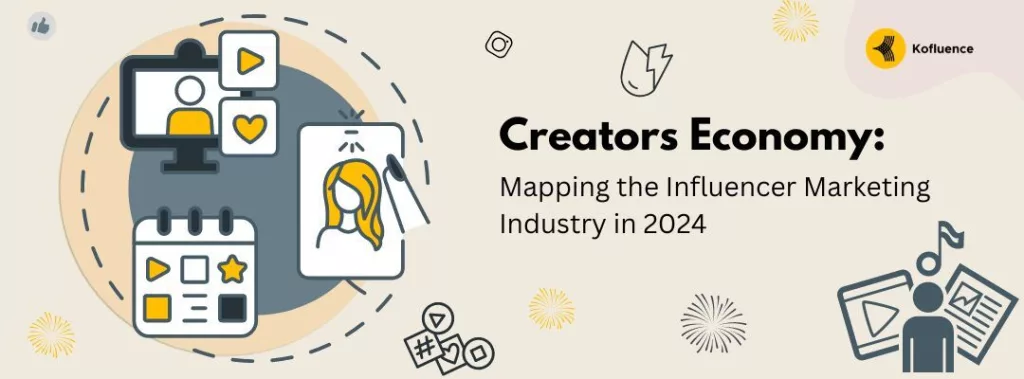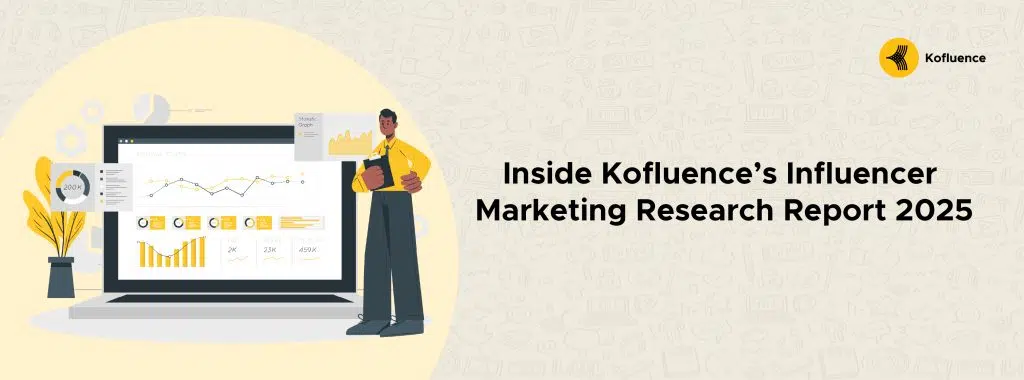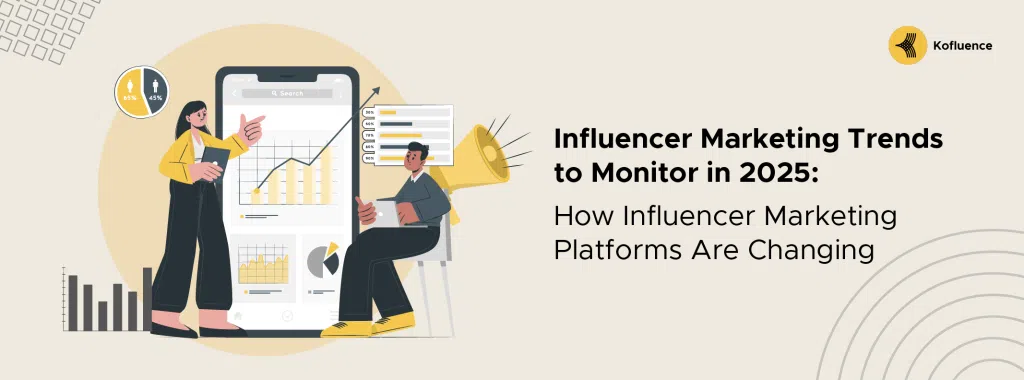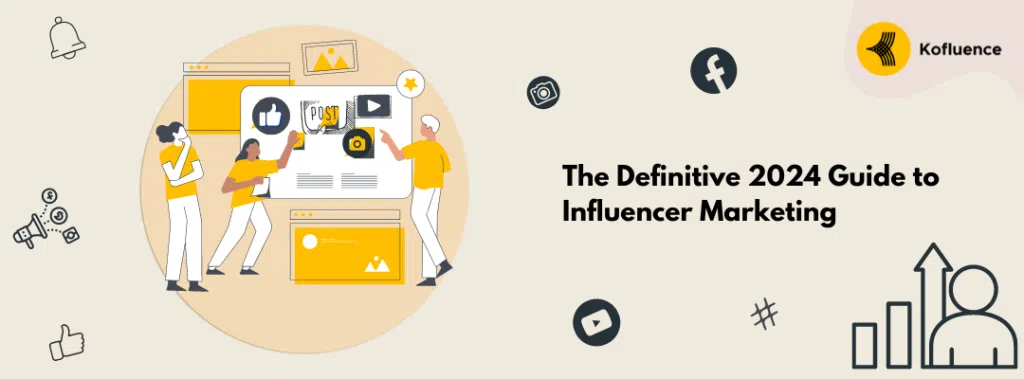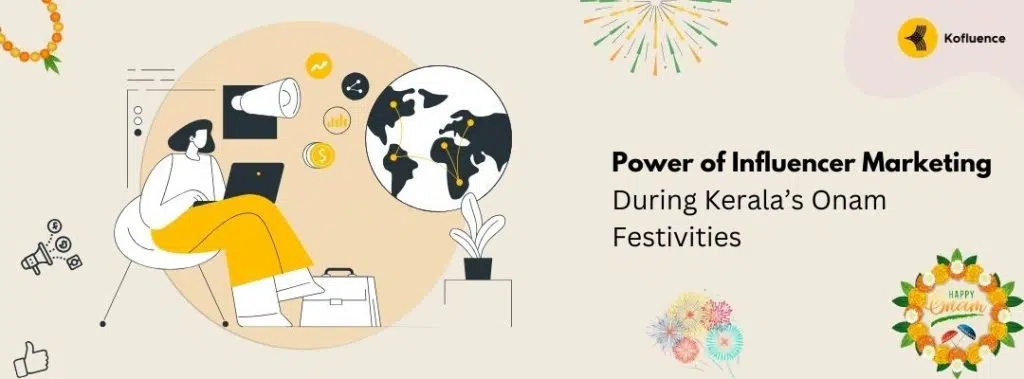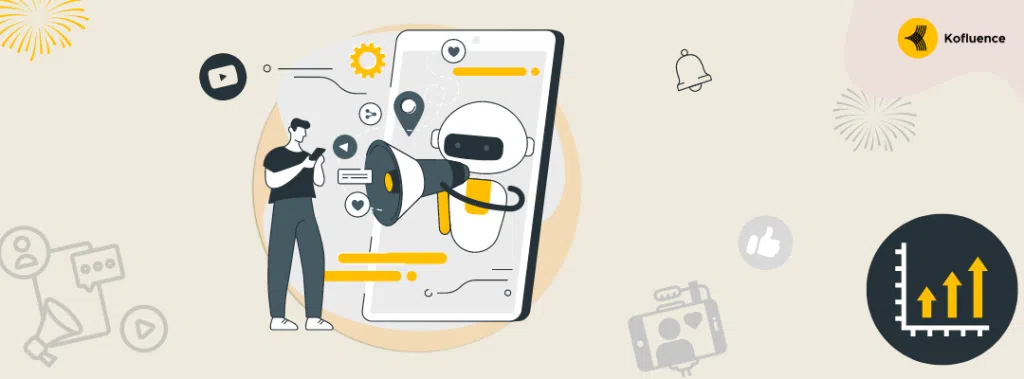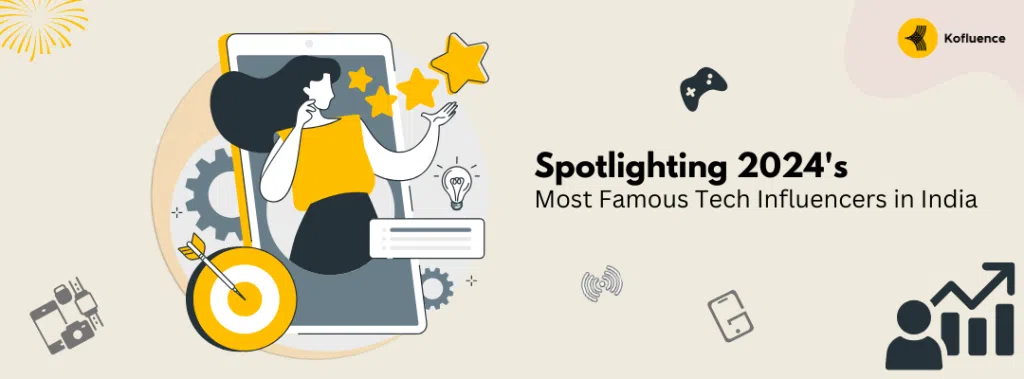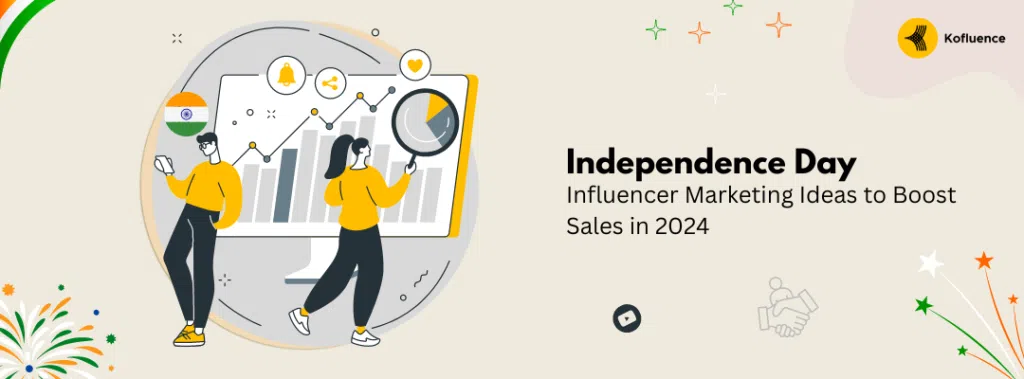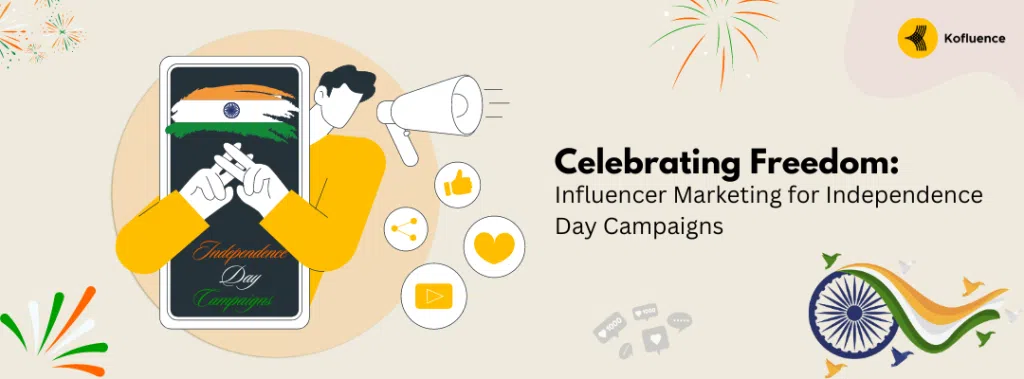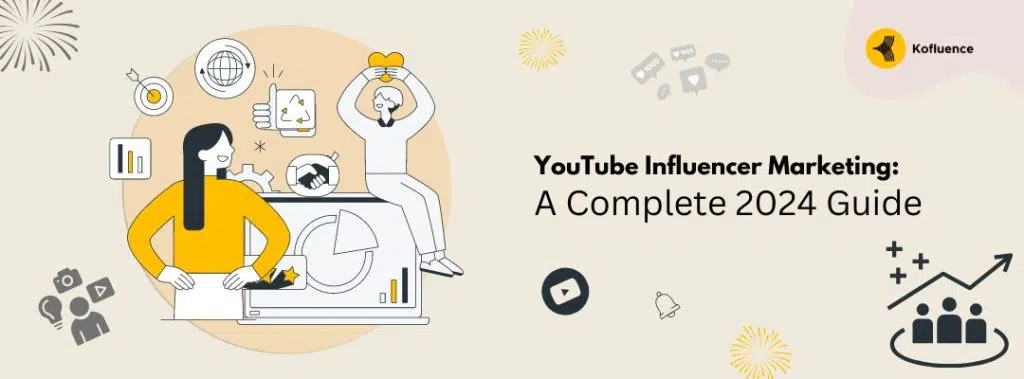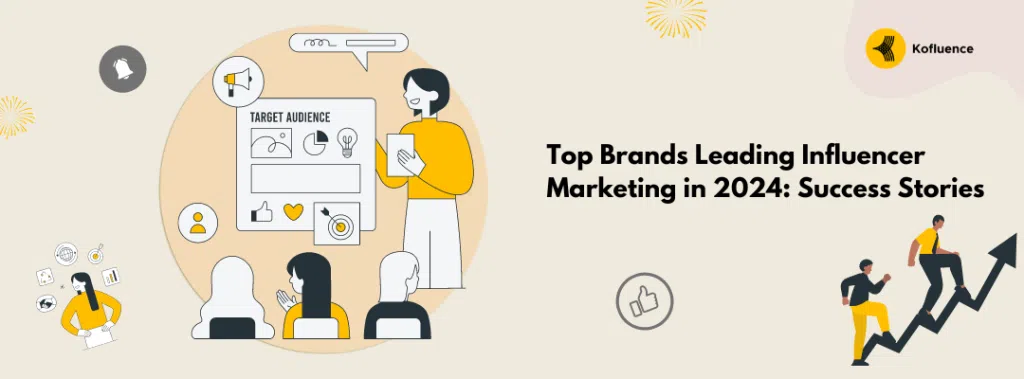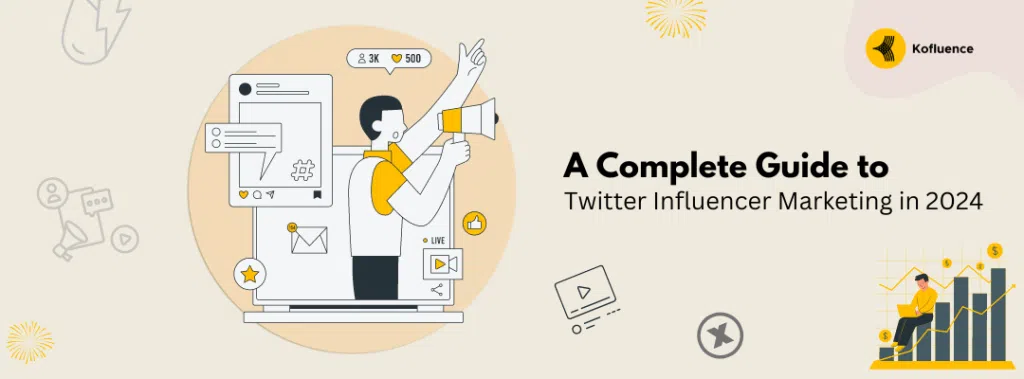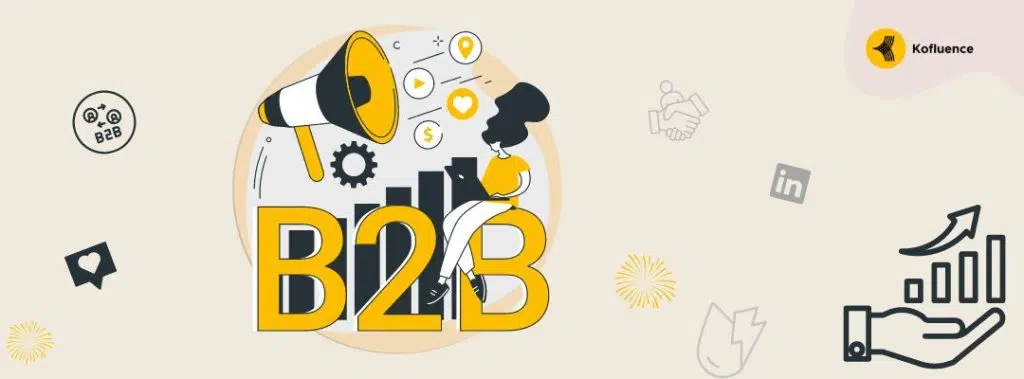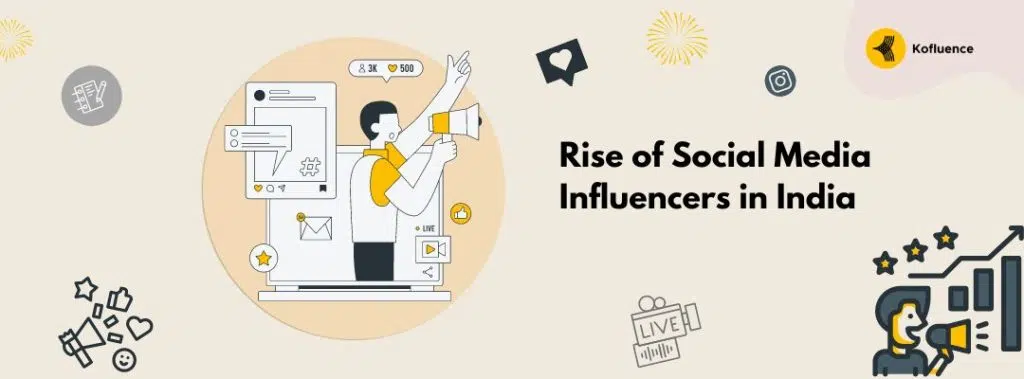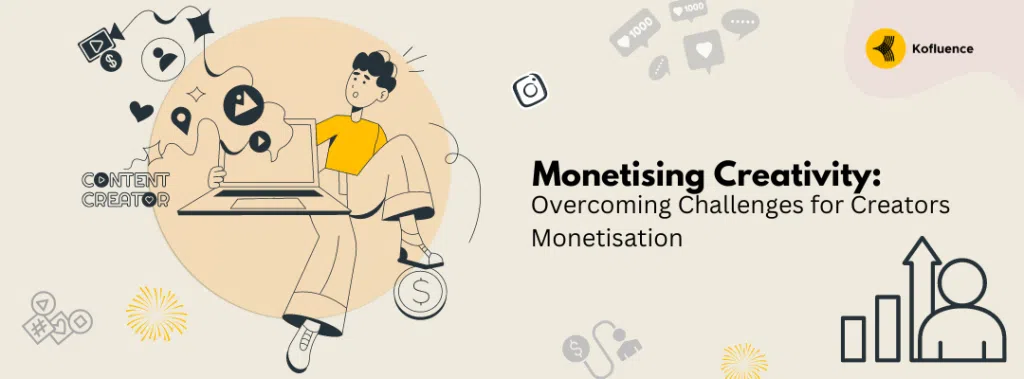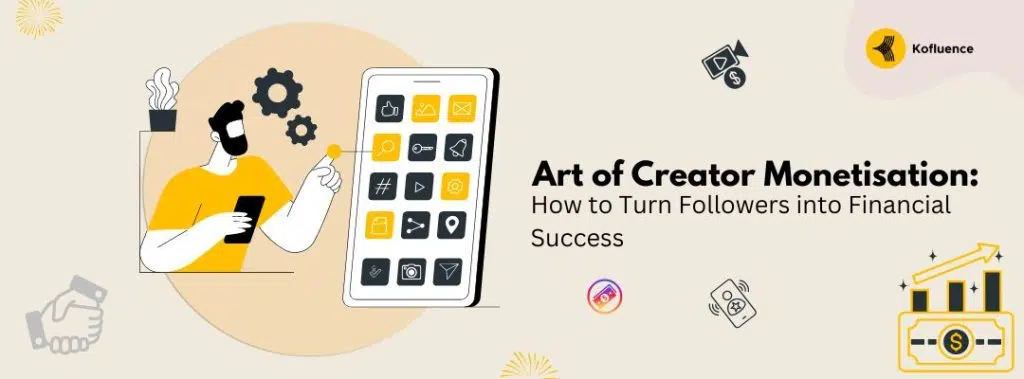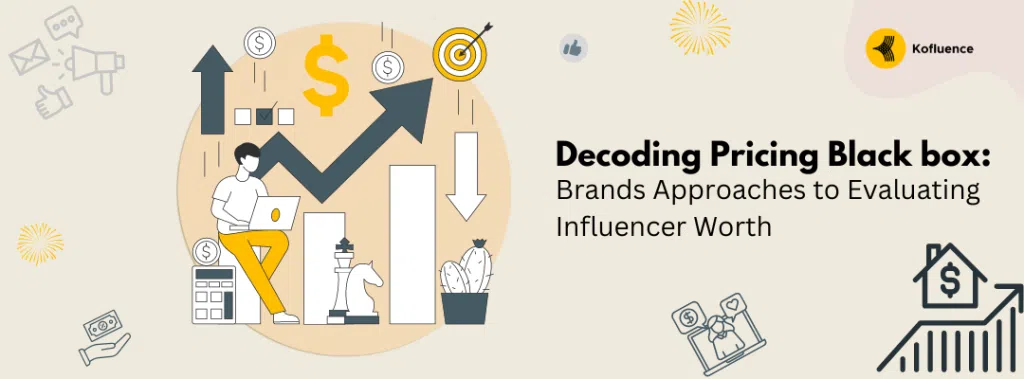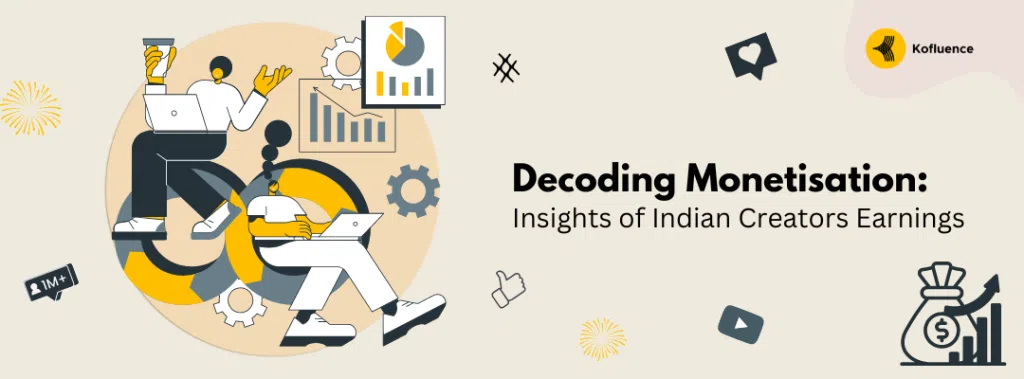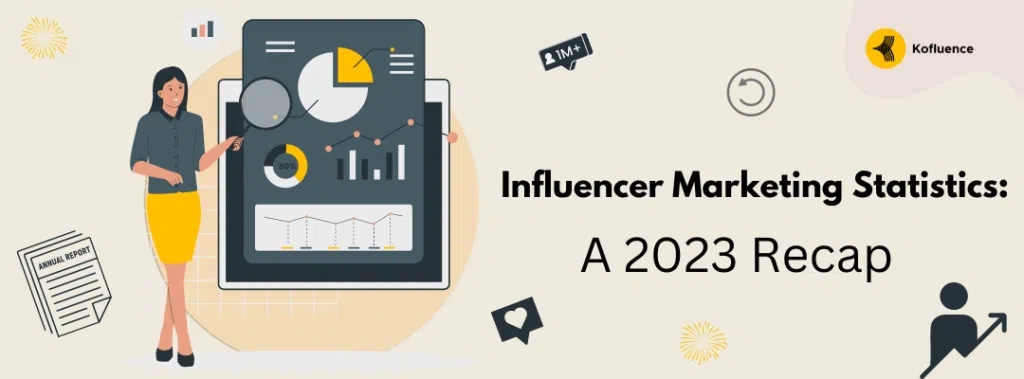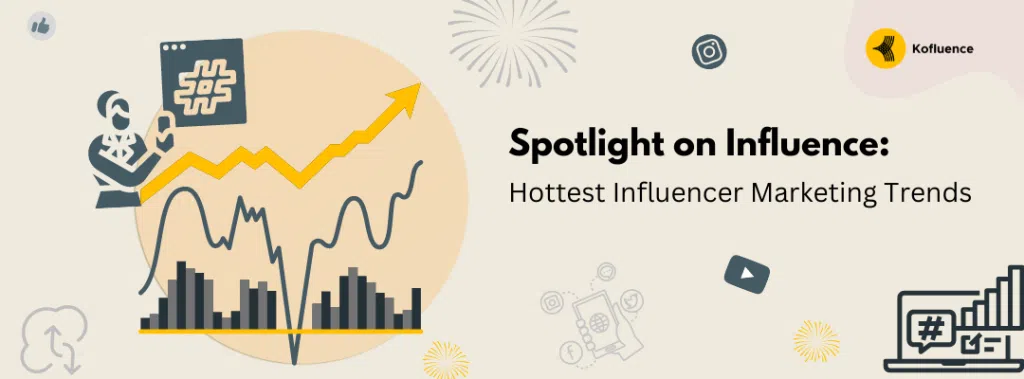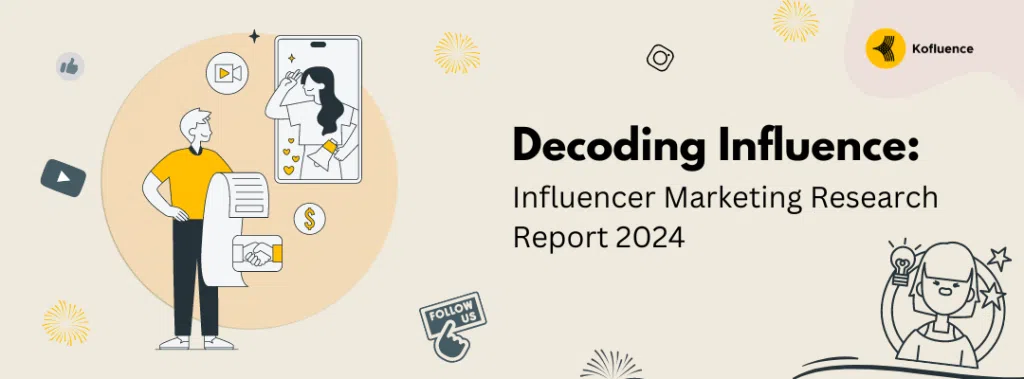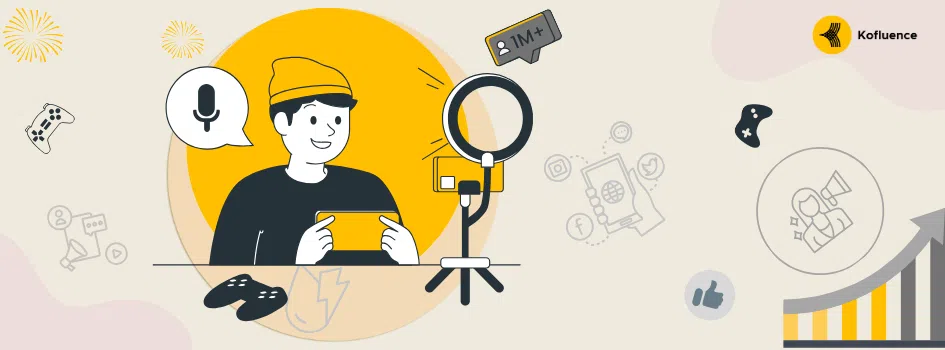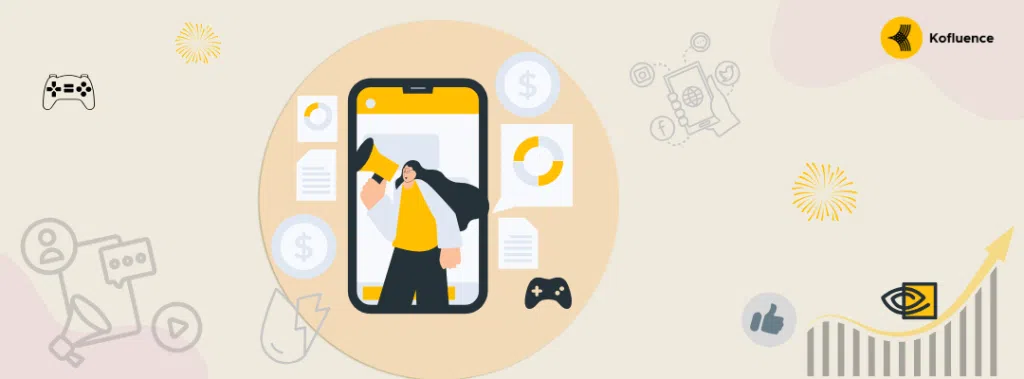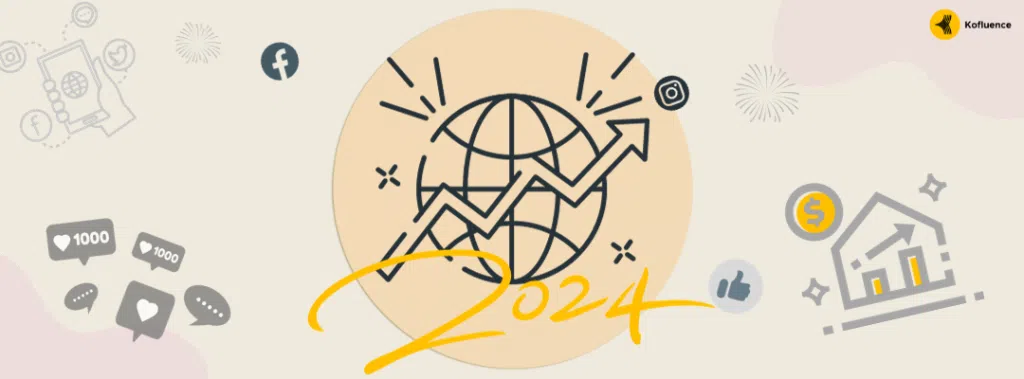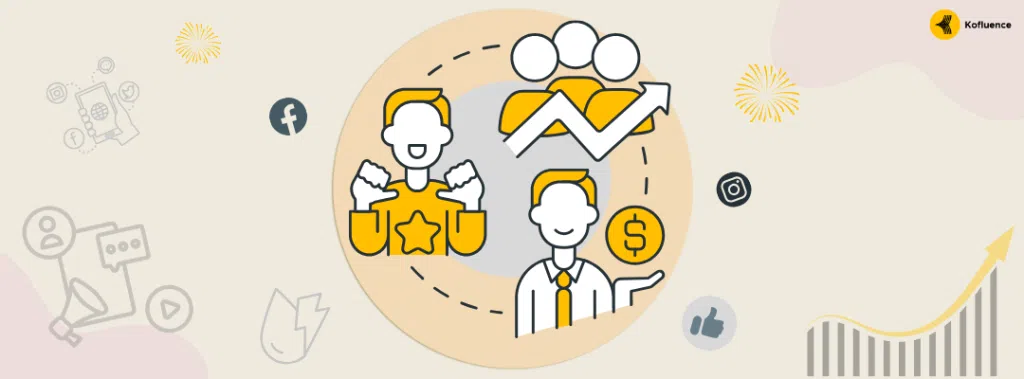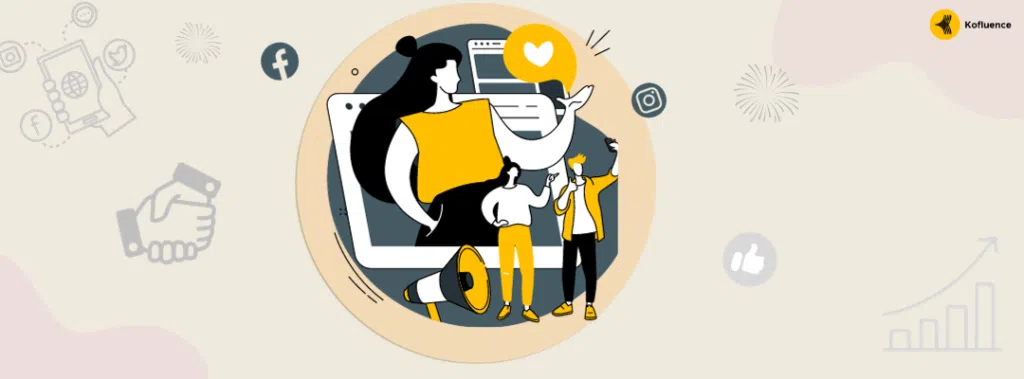Introduction
Creators’ Economy Infographic: Snapshots of Influencer Marketing Industry
Creators Take Centre Stage: The Power of Creator Economy
Niche Communities and Micro-Influencers
Data-Driven Campaigns
Creator Survey Spotlight
The Road Ahead
FAQ’s
Introduction
In today’s digital age, the power of social media influencers and content creators has reached unprecedented heights. In recent years, India has witnessed a significant rise in the prominence of influencer marketing and the creator economy. With the country’s burgeoning social media landscape and a young, tech-savvy population, influencers have emerged as powerful brand advocates capable of reaching massive audiences. This trend has been fueled by the rapid growth of social media platforms and the increasing digital literacy among the Indian population. As brands and businesses seek new ways to engage with consumers in an increasingly competitive market, influencers have emerged as a powerful channel for reaching target audiences and driving sales.
On the other hand, the creator economy has empowered individuals to monetise their skills and talents, creating a new breed of entrepreneurs who leverage their personal brand and content-creation abilities to generate income. As we progress into 2024, India’s Influencer Marketing Industry and the creators’ economy are poised for remarkable growth, presenting challenges and opportunities for brands, creators, and consumers. This blog aims to dissect the current state of affairs, highlight emerging trends, and explore the transformative impact of this dynamic industry.
Creators’ Economy Infographic: Snapshots of Influencer Marketing Industry
To know more, click here
Creators Take Centre Stage: The Power of Creator Economy
Creators span a multitude of niches, from fashion and beauty to gaming, fitness, and beyond, catering to a broad spectrum of audience interests. The sheer scale of the creator economy in India underscores its significance as a driving force in India’s digital economy, with creators serving as catalysts for shaping brand narratives, driving consumer engagement, and influencing purchasing decisions across various industries.
Niche Communities and Micro-Influencers
In 2024, the focus will shift from macro-influencers to niche communities. Micro-influencers with smaller but highly engaged followings will play a pivotal role. Brands that recognise authenticity thrive in these smaller circles, where trust and relatability flourish. Expect collaborations with micro-influencers across diverse niches, from sustainable fashion to indie music.
Data-Driven Campaigns
Data analytics will drive influencer marketing strategies. Brands will leverage insights to identify the right creators, optimise content, and measure ROI. AI-powered tools will analyse engagement rates, audience demographics, and sentiment. Creators who understand their audience data will be in high demand, ensuring campaigns resonate effectively.
Creator Survey Spotlight
Understanding the preferences and behaviours of creators is paramount for brands seeking to forge meaningful partnerships and engage with audiences effectively. This comprehensive report surveyed a diverse range of creators, spanning various niches and platforms, to gain a deeper understanding of their preferences, motivations, and decision-making processes regarding brand collaborations. The findings offer invaluable insights into the factors that shape creator-brand relationships and the content formats that resonate most with audiences.
To know more, click here
The Road Ahead
The rapid growth of social media platforms, coupled with the increasing internet penetration in the country, has led to a surge in the demand for authentic and relatable content from influencers. Influencers have become critical players in shaping consumer behaviour and influencing purchasing decisions. Mapping the creator economy has allowed individuals to monetise their passion and creativity while giving brands a new avenue to reach their target audience. In the years to come, the convergence of influencer marketing and the creator economy will continue to reshape the advertising industry, redefine traditional notions of celebrity, and empower individuals to monetise their passions in unprecedented ways. As stakeholders adapt to these shifts and seize emerging opportunities, India’s digital landscape will undoubtedly witness a renaissance of creativity, entrepreneurship, and cultural influence.
If you found this blog to be helpful browse through our website for other blogs on similar topics or get in touch with us for your next influencer marketing campaign! Download the Kofluence app and find relevant campaigns catering to your target audience! To opt-in, download the Kofluence app here: iOS users, and Android users.
FAQ’s
. What is the current state of the influencer marketing industry in India in 2024?
According to Kofluence’s study, the influencer marketing industry will continue to develop rapidly by 2028, with more than 80% of brands spending upto 30% of their marketing budget on influencer marketing. This development shows the industry’s growing prominence in brand marketing tactics, with a projected spend of $2.8-3.5 billion. Influencer partnerships continue to be an essential strategy for businesses aiming to effectively interact with their target consumers through digital marketing.
. How is the creator’s economy impacting various industries in India?
The creators’ economy in India is transforming several businesses, primarily through influencer marketing. Content creators have enormous potential to shape customer behaviour by utilising emotional triggers such as herd mentality, fear of missing out (FOMO), scarcity, and the desire to know the gap. Influencers help to increase customer involvement and purchase decisions across many industries in India by establishing an impression of belonging and establishing trust.
. What are the future growth prospects for India’s creator economy?
The future of the creator economy is promising, driven by factors such as increasing internet penetration, digital literacy, and platforms fostering creator monetization. As per Kolfuence’s research report, Indian Creator Economy market is projected to exceed with a Compound Annual Growth Rate (CAGR) of 45% by 2028.

